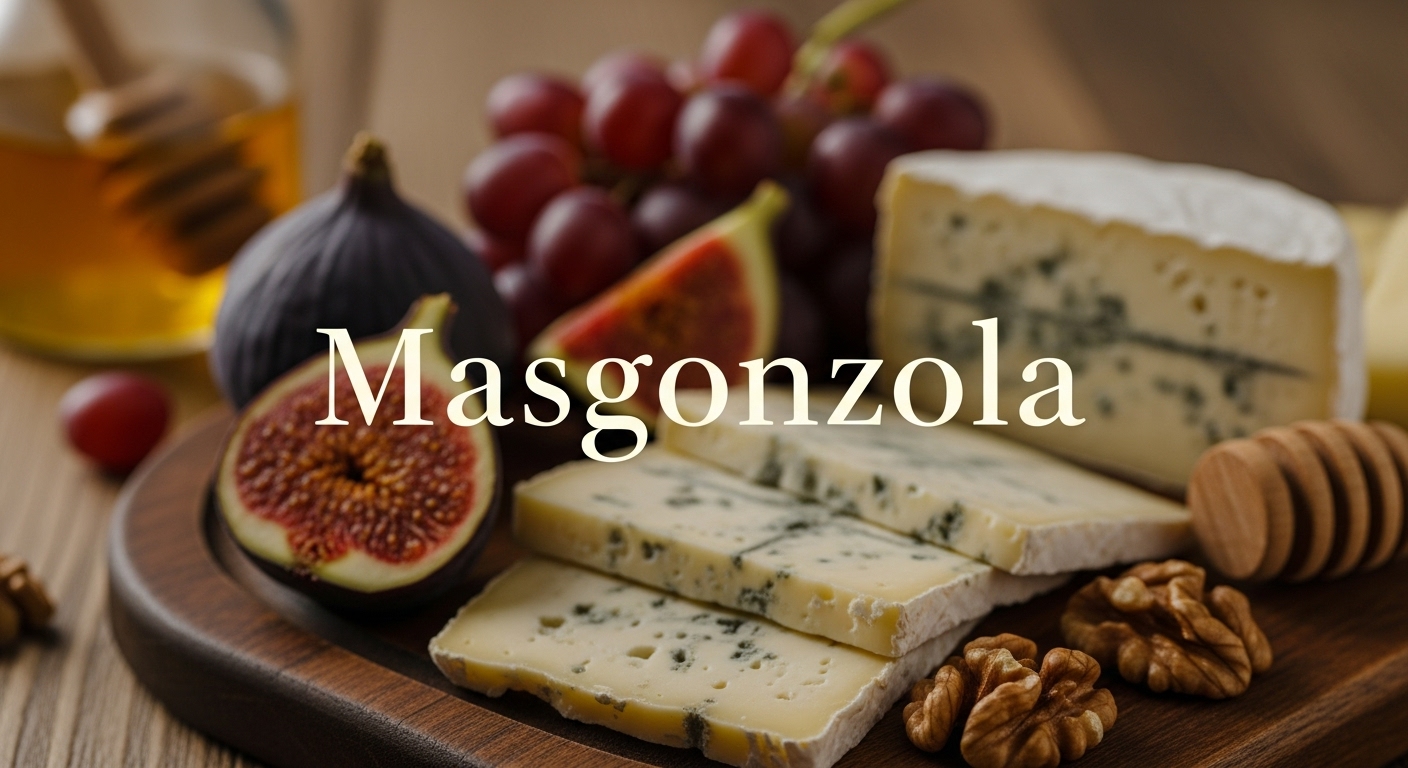Masgonzola Cheese: A Creamy Journey of Flavor and Tradition
Masgonzola cheese is more than just a delicious dairy product it’s a symbol of art, culture, and taste. Known for its creamy texture and distinct blue veins, Masgonzola has captured the hearts of food lovers around the world. Its history stretches back centuries, with roots deep in traditional European cheesemaking.
Today, it’s celebrated for its rich flavor, health benefits, and versatility in cooking. Whether enjoyed on fresh bread, blended into sauces, or served on a cheese platter, Masgonzola adds sophistication to every meal. Let’s explore its fascinating world from history to modern-day culinary innovation.
History and Origin of Masgonzola
While often compared to Gorgonzola, Masgonzola developed its own regional identity. Its unique flavor is influenced by the local climate, milk quality, and slow aging process. Historical records suggest that it was once a delicacy served at Italian banquets, admired for its complexity and craftsmanship.
What makes it truly special is its evolution from a simple farmhouse cheese to a gourmet favorite enjoyed across continents. Masgonzola’s origin reflects the perfect harmony between nature and tradition, showing how local ingredients can become global icons.
The Art of Making Masgonzola
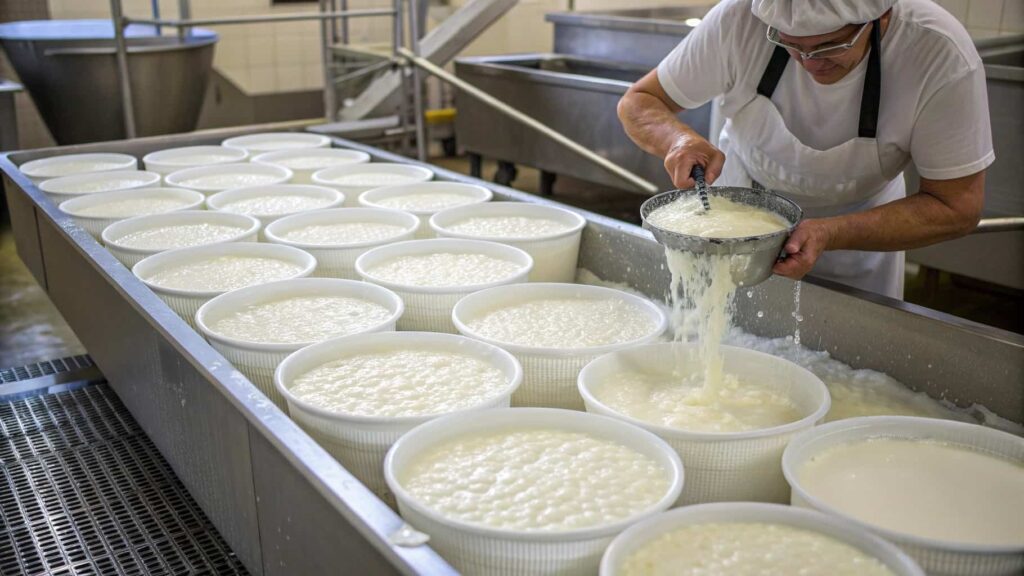
The process of making Masgonzola is a delicate dance of timing and technique. Fresh cow’s milk is heated, curdled, and gently cut to release whey. The curds are transferred into molds, salted, and then pierced with thin needles to encourage blue mold formation.
The cheese is aged in temperature-controlled caves for weeks or months, allowing it to develop its signature marbled veins and creamy body. Each wheel is hand-checked for texture and aroma, ensuring perfection. This artisanal method is why every bite of Masgonzola carries authenticity and depth.
The Traditional Production Process of Masgonzola
True Masgonzola production remains loyal to old-world cheesemaking techniques. Milk is sourced from local dairy farms where cows graze freely on natural grass, enhancing the milk’s richness. Natural fermentation is used instead of artificial cultures, preserving the integrity of flavor.
During aging, cheesemakers rotate and clean the cheese wheels regularly, maintaining ideal moisture and air exposure. These steps, though time-consuming, give Masgonzola its creamy texture and subtle tang. Modern producers continue this legacy with eco-friendly practices, blending tradition with sustainability.
Types and Varieties of Masgonzola
Masgonzola cheese comes in two main varieties—each offering a unique taste experience:
- Masgonzola Dolce (Sweet): Soft, buttery, and mild, ideal for spreading or melting.
- Masgonzola Piccante (Sharp): Aged longer with a stronger aroma and crumbly texture.
Both varieties share the same creamy soul but differ in flavor intensity. Whether you prefer the gentle sweetness of Dolce or the bold tang of Piccante, Masgonzola adapts beautifully to every palate and recipe, making it a versatile choice in any kitchen.
Flavor and Texture Profile
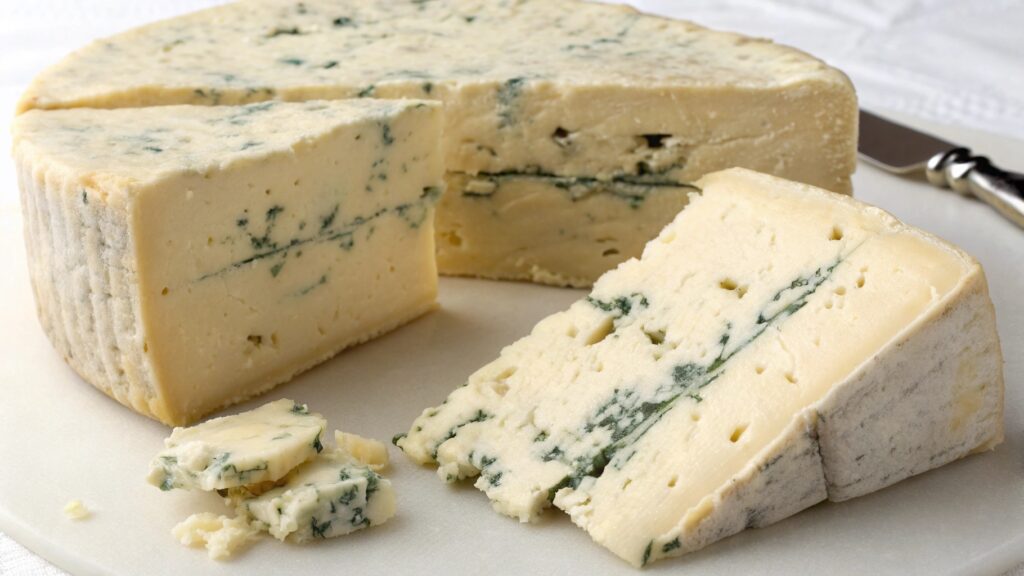
Masgonzola offers a delicate balance between creaminess and zest. The texture is smooth and spreadable in younger forms, while aged Masgonzola becomes slightly crumbly yet rich. Its flavor opens with buttery notes, followed by hints of nutty sharpness and mild blue tang.
The taste lingers pleasantly without overpowering. Unlike other blue cheeses, Masgonzola’s aroma is mild, inviting even to those new to blue cheese. This perfect balance is what makes it stand out—approachable yet refined.
The Unique Taste and Texture of Masgonzola
Every slice of Masgonzola tells a story of refinement. Its blue veins give it a signature look and contribute to a mild spiciness that enhances the creamy base. When paired with wine, fruits, or honey, its complex layers reveal hints of sweetness and salt.
The cheese melts smoothly, making it ideal for sauces and soups. The distinct texture soft inside, slightly firm at the edges creates a sensory experience that’s both comforting and elegant.
Perfect Pairings for Masgonzola
Masgonzola pairs beautifully with sweet and savory companions. It’s divine with figs, pears, or apples, balancing their sweetness with its mild saltiness. Pair it with walnuts, hazelnuts, or almonds for crunch and depth. On a cheese platter, serve it with crusty bread, honey, and red grapes.
As for drinks, red wines like Merlot or sweet wines like Moscato enhance its creamy character. Even simple pairings, like Masgonzola with warm toast, can turn an ordinary meal into a gourmet treat.
Culinary Innovation: Creative Recipes with Masgonzola
Masgonzola inspires endless culinary creativity. Here are a few ideas:
- Masgonzola Pasta Sauce: Melt it into cream for a rich, tangy pasta topping.
- Gourmet Pizza: Spread Masgonzola on pizza dough with caramelized onions and arugula.
- Stuffed Chicken: Fill chicken breasts with Masgonzola and herbs for an elegant dinner.
- Masgonzola Dip: Mix with sour cream and garlic for a party-ready dip.
This cheese transforms everyday recipes into restaurant-quality dishes with minimal effort.
Health and Nutritional Benefits
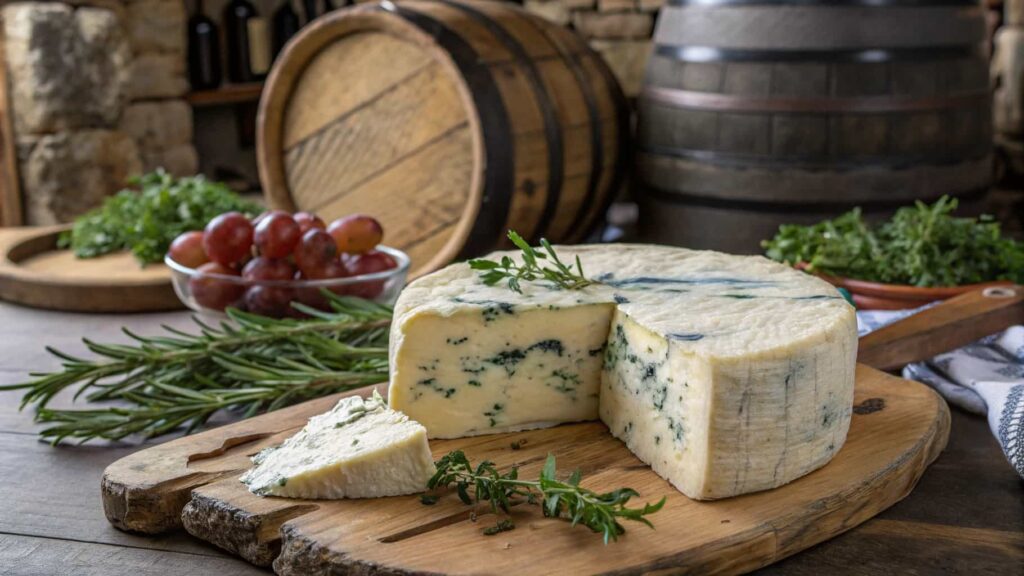
Masgonzola isn’t just delicious—it’s good for you. It’s rich in calcium, protein, vitamin B12, and healthy fats, supporting strong bones, muscle repair, and overall energy. Its natural probiotics aid digestion and boost gut health.
Compared to processed cheeses, Masgonzola offers more nutrients with fewer additives. When consumed moderately, it contributes to heart health and immune strength. For those seeking both taste and nutrition, Masgonzola checks every box.
Health Benefits of Masgonzola Cheese
In addition to being nutrient-rich, Masgonzola may help improve metabolism and bone density. The live cultures support the gut microbiome, while its calcium-phosphorus balance aids in maintaining healthy teeth.
Athletes appreciate its protein content, and food enthusiasts love that it’s naturally gluten-free. Including Masgonzola in your diet—whether as a snack or meal ingredient—offers both pleasure and health.
How to Incorporate Masgonzola into Different Dishes
Masgonzola fits seamlessly into countless dishes. Crumble it over salads, blend it into soups, or use it as a creamy base for sauces. Add it to mashed potatoes, risottos, or even burgers for a gourmet twist. It also makes a stunning addition to cheese boards, paired with fruits and nuts. The key is balance: let Masgonzola enhance rather than overpower the other flavors on your plate.
How to Store Masgonzola
Proper storage keeps Masgonzola fresh and flavorful. Wrap it in wax or parchment paper and place it inside an airtight container. Avoid plastic wraps that trap moisture. Keep it refrigerated between 2–5°C.
Before serving, allow it to sit at room temperature for about 30 minutes. This helps its natural oils and aromas emerge fully. When stored correctly, Masgonzola can last up to two weeks after opening.
Where to Find Masgonzola
You can find Masgonzola at most gourmet grocery stores, specialty cheese shops, and online marketplaces. Look for labels that indicate authentic Italian or artisan production. Many dairies now offer farm-direct sales, guaranteeing freshness.
Whether buying locally or online, always check the cheese’s texture and aroma to ensure quality. A slightly soft feel and mild scent are signs of freshness.
Masgonzola in Design and Branding
Beyond taste, Masgonzola has inspired food branding and packaging design worldwide. Its elegant marbling and creamy color palette are often used in luxury food branding.
Cheesemakers emphasize authenticity and tradition in their logos, packaging, and storytelling. This approach makes Masgonzola not just a cheese but a lifestyle symbol—associated with craftsmanship, indulgence, and refined living.
Why Masgonzola Stands Out
Masgonzola’s distinction lies in its balance, rich but not overpowering, traditional yet versatile. It appeals to both casual eaters and connoisseurs. Unlike strong blue cheeses, it offers a milder, creamier experience suitable for a wide audience.
Its ability to complement everything from fruits to meats makes it a universal favorite. In short, Masgonzola stands out because it’s both approachable and gourmet.
Future of Masgonzola Trend or Timeless?
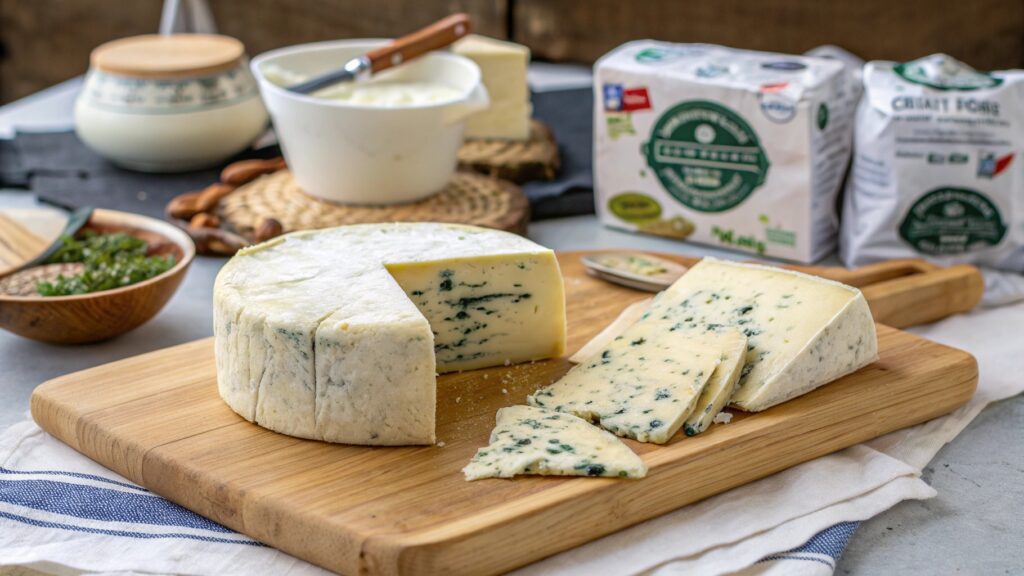
Masgonzola’s popularity continues to rise globally. With growing interest in artisanal and sustainable foods, it’s likely to remain a timeless favorite. Cheesemakers are experimenting with organic milk and eco-friendly packaging to appeal to modern consumers.
While food trends come and go, Masgonzola’s foundation flavor, tradition, and quality ensures it will stay a culinary classic for generations to come.
Conclusion
Masgonzola cheese represents the perfect union of flavor, history, and craftsmanship. From its humble Italian origins to its place on global tables, it remains a symbol of taste and tradition. Its creamy texture, mild tang, and versatility make it suitable for every occasion—from casual snacks to fine dining. More than just a cheese, Masgonzola is an experience that brings people together over good food. Whether you’re discovering it for the first time or savoring it again, one thing is certain—Masgonzola is not a passing trend, but a timeless delight.
FAQs
What makes Masgonzola cheese unique?
Its balanced flavor, creamy texture, and artisanal production set it apart from other blue cheeses.
How should Masgonzola be served?
Serve it at room temperature with fruits, nuts, or honey for the best flavor experience.
Can I cook with Masgonzola cheese?
Yes! It melts beautifully, making it perfect for sauces, risottos, and gourmet pizzas.
Is Masgonzola healthy?
When eaten in moderation, it offers calcium, probiotics, and protein—great for bones and digestion.
Where can I buy authentic Masgonzola?
Look for it in gourmet cheese shops or online stores offering artisan or Italian-imported varietie.
Related Posts:
